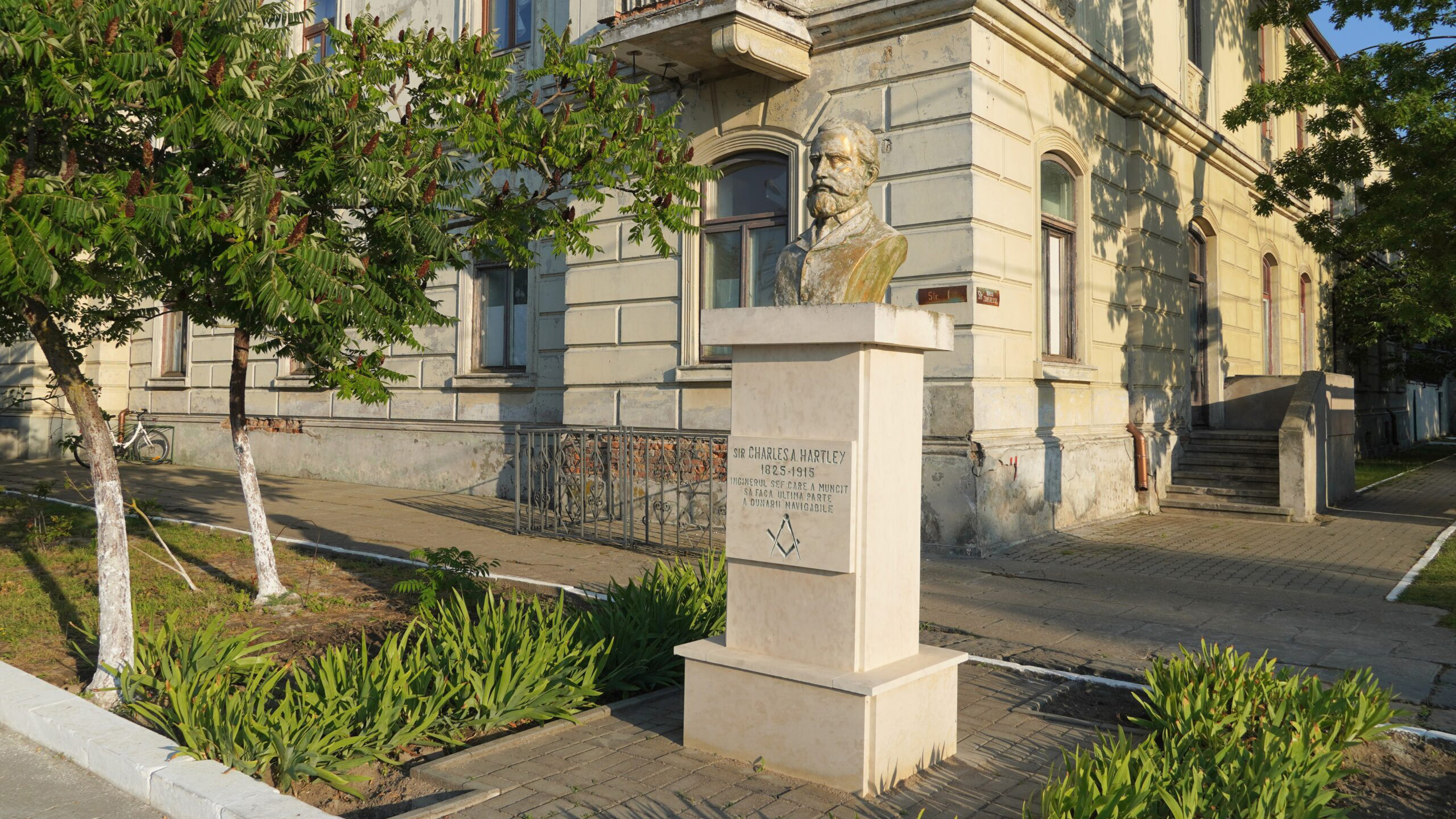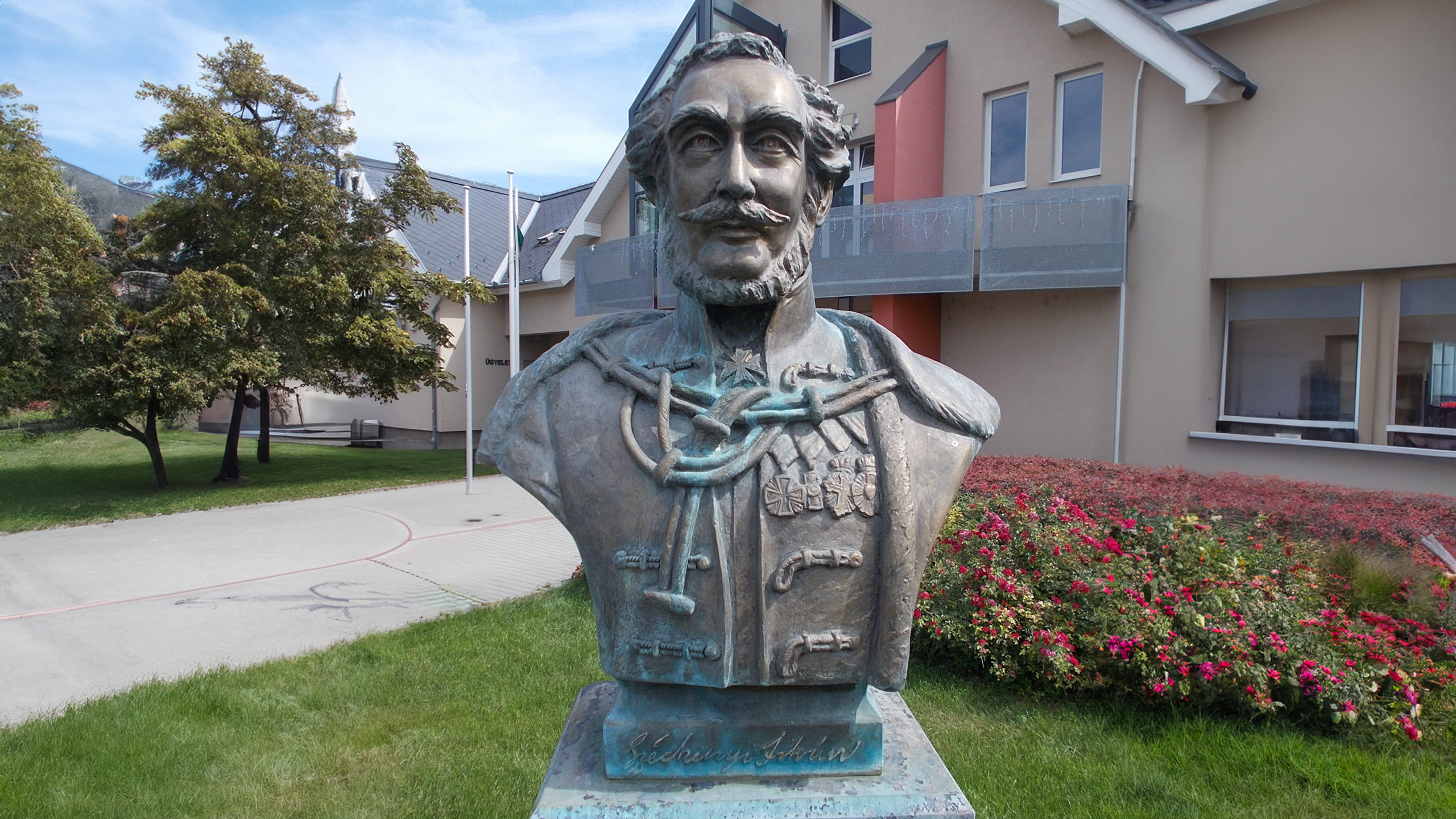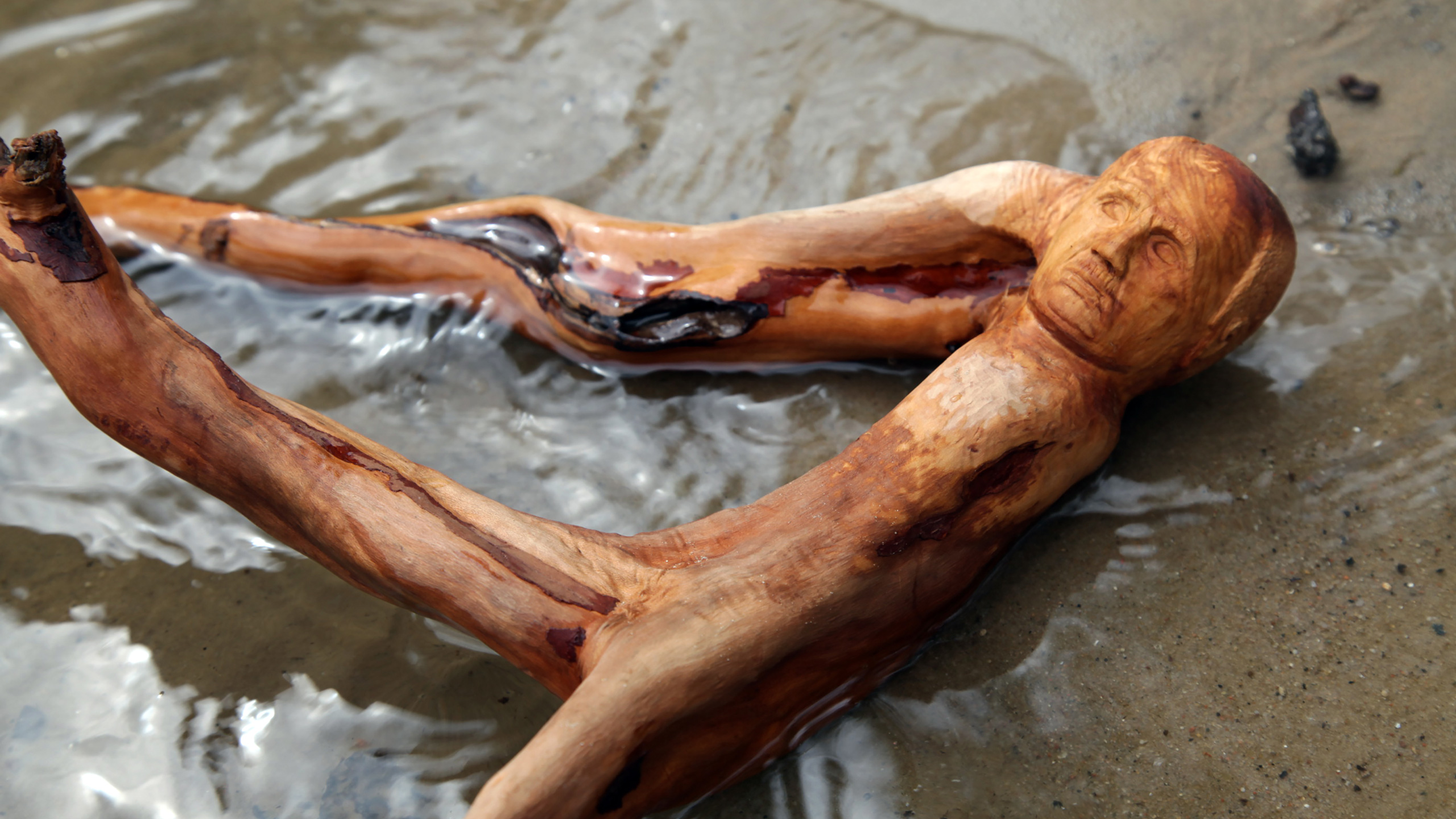István Széchenyi (1791-1860)
Count Istvan Széchenyi, also known as “the greatest Hungarian,” was a politician, political theorist, and writer. Impressed by the Canal de Midi in France and the rapid modernization of Britain, István was for large parts of his life concerned with regulating the lower Danube to allow for better navigation and open it up to commercial shipping and trade from Buda to the Black Sea. He started the first steamboat company on the Danube and held office next to the river. Széchenyi knew the Danube well: he took regular swims in its waters, to the great surprise of his fellow Budapesters, since the activity was highly uncommon. He also thought about ways that city people could profit from the river, and the Széchenyi Baths opened in 1913, were named after him, just like the Széchenyi Chain Bridge.
Victor Kaplan (1876-1934)
Viktor Kaplan was an Austrian machine engineer,constructor, and inventor from Vienna, Austria, working mainly at the Technical University in Brno. In 1912 he invented the water turbine, changing the destiny of the Danube River notoriously. Experiments for this new turbine were carried out from 1918 onwards in the Austrian village of Velm, on a side-arm of the Danube. The high-speed water turbine with adjustable propeller blades represented a breakthrough in hydroenergy production, converting waterpower to mechanical energy. Before his invention, waterpower was exploited using water wheels. In 1964, the Kaplan turbine was placed at the Iron Gate, the largest dam in the Danube River between Romania and Serbia.
Charles A. Hartley (1825-1915)
Sir Charles Augustus Hartley was a British civil engineer in the Victorian era. He devoted his life to hydraulic engineering and the industrial improvement of rivers, estuaries, and harbors to allow for better navigation and shipping. Due to his extensive mapping of the Danube, the longest river in Western Europe, he got the nickname “the father of the Danube.” Hartley worked for half a century on the Danube, straightening and deepening the Sulina Channel, which was crucial for the development of ports such as Tulcea, Galati, and Braila. He also oversaw the widening of the Suez Canal in 1961 and many nations consulted him to help them in their quest of improving and regulating their waterways and harbors.







